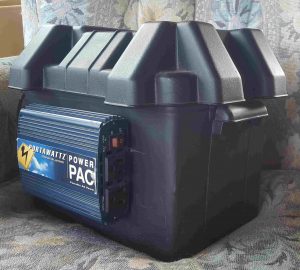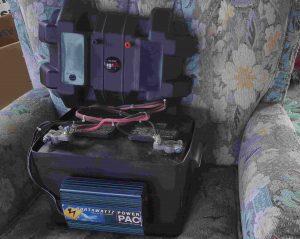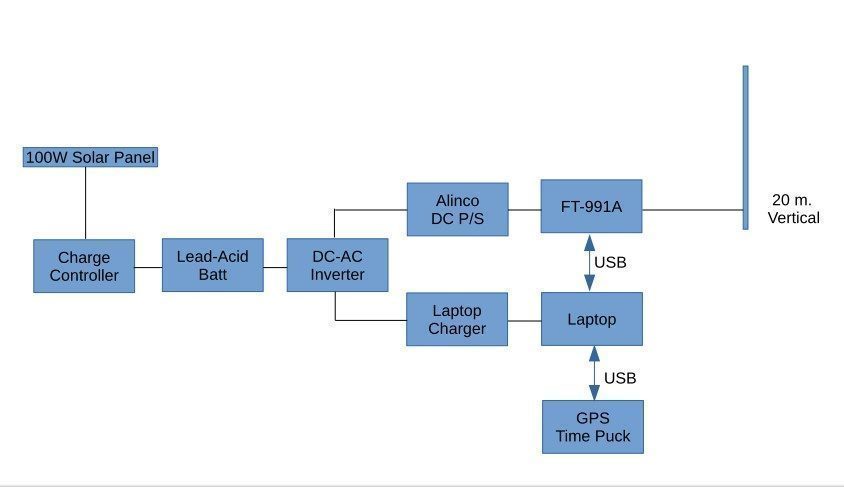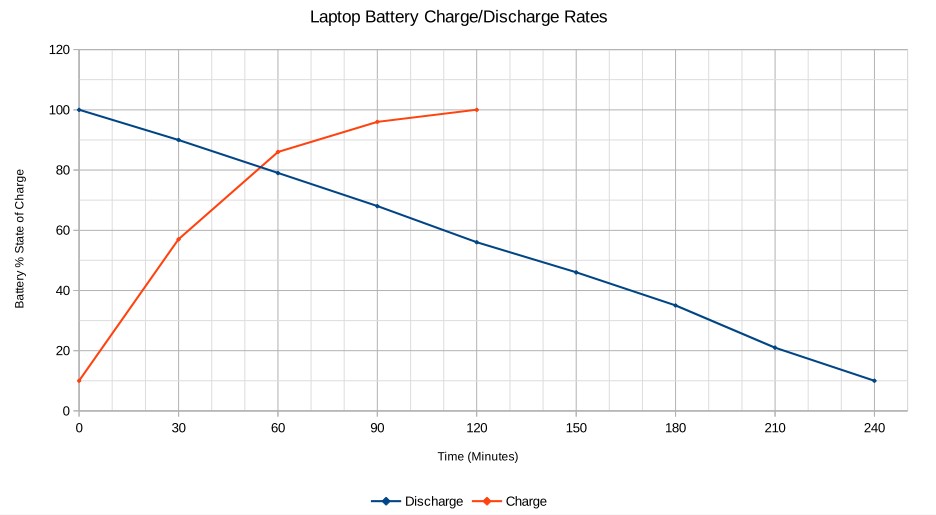Hi Everybody,
I suppose this could have been written as an article for the June Rambler, but that might be a bit late for the tale I'm about to tell which is my 24-hour experiment in running a Class 1E/QRP/Battery+Solar station for 2020 Field Day. In the 42 years of holding an Amateur Certificate, I've never run Field Day as an individual from home - it's always been as a participant with my local club, so this is something new to me. Before getting into it, you might want to brew a large coffee so as to better enjoy an uninterrupted reading.
How Do The Bands Look?
From the get-go, and having had some fun working both sporadic E and meteor scatter on 6 m., I thought this might be an interesting band to work for Field Day with a QRP/Battery setup. Wrong. Over the past 24 hours, I've lost count how many FT8 CQ's I sent out and received only one response. Thank you Guy, VE3QC, for answering my CQ on Tuesday morning - it made my day. Even though there was something of an opening for about 5 minutes at 10:15 EDT, I got no response to my CQ's during that favourable period. OK, so I get it - 6 m. QRP from my yard with a dipole is not likely to get me a lot of points. Even using the 6 m. dipole, I was seeing far more signals on 80, 40 and 20 with 20 being active even into the bleak hours after midnight. So it looks like it's going to be 20m FT8 for me.
I'm now in the process of building a take-down 20 m. vertical with four radials. It's a quick and easy antenna to build and is, in my view, in the spirit of rapid deployment emergency operations. I had enough #12 bare stranded antenna wire to cut 4x quarter wave radials and a length of #14 bare stranded for the 17 ft. vertical radiator which will be black-taped to 5 sections of surplus fibreglass tent poles.
Radios and Batteries and Chargers .... Oh My!
I decided to run a QRP operation in order to maximise my score multiplier, and QRP means there's also a chance of running entirely off battery for the whole 24 hours, so the experiment was on. I'd already built a backup lead-acid car battery gadget for the home station consisting essentially of the battery, a plastic marine battery box, a dashboard type voltmeter (the round black thing embedded in the lid), a 300W AC inverter and assorted connectors.


The inverter is cheap and nasty, delivering a really ugly A.C. square wave, but it's at least 100 V. with the battery at 11.5 V. and won't quit until the D.C. input reaches 10.7 V. which is far lower than I'd dare discharge a lead-acid. Despite the waveform, my Alinco 30 A. power supply and the charger for my laptop don't get upset; they worked fine over the 18 hours when the whole rig was powered up. The laptop ran from its own battery until it dropped to 10% state of charge and it was only then that I plugged in the charger. More on that later.
The lead-acid battery dropped to 11.5 V. toward the end of the 24 hours with the radio transmitting at 5 W. so, apparently, I could run the entire FD on battery. The FT-991A probably would run at 11.7 V., but only just, which is why I decided to have the Alinco power supply connected to the inverter and have it provide a regulated 13.8 V. to the radio regardless of battery voltage. It's a bit inefficient energy-wise, but I'd sooner protect my expensive radio. Even though the battery kept up over 24 hours, I decided to dip into my 2020 Ham Radio Crazy Money Fund and bought a 100W solar panel, including a 30A PWM charge controller, with the intention of connecting that to the battery in order to keep it charged best as possible. Now you can all blame me for the rain and dark clouds we're going to have on Field Day. Here's the entire planned setup for my 1E/QRP/Bat operation:

Time Sync
Operating FT8 requires fairly rigorous synchronisation to UTC; I think you need to be within at least one second of UTC or risk losing most incoming messages because of time sync skew. I have a Pharos GPS-500 receiver puck that's maybe 10 years old and does have some difficulty with locking to GPS, but it does work and that's what I'm going to use for time sync.
More important is the software application that interprets the GPS messages from the receiver and automatically syncs the PC clock. I use BktTimeSync (BTS) Version 1.11.1 which, for all its bugs and instability, works well enough and has some features I think are important for FD operation. The big feature is that BTS can operate in the absence of both GPS and NTP time sources and serve as a strictly manual means to set the PC's clock. What's important for WSJT-X and FT8 is that your clock is aligned with the clocks of everybody else on the air so, theoretically, the presence of GPS, WWV, CHU and the like is not absolutely necessary. What is necessary is that your PC clock is aligned with the clocks of everybody else - BTS has a feature to trim your clock by as little as .01 second to get that alignment. All you'd need do is to adjust your clock with the BTS "Manual Set" control until you start seeing messages come through on WSJT-X and note the "DT" values of incoming messages. Simply trim your PC clock until the average of all the DT's is near to zero. My laptop can free run without a GPS adjustment for 2 hours before its clock drifts by 0.2 second, so not too much worry there.
Running a Laptop On Battery
Again, the name of the game here is to adjust the battery usage settings and close all unnecessary applications from running on your laptop in order to maximise its battery time. My HP Elitebook 840G1 with a SSD can get 4 hours before the battery drops to a 10% state of charge and starts complaining about connecting a charger. What I did discover was that the recharge time from 10 to 90% took about 70 minutes but going from 90% to 100% took another 50 minutes. Seems that it would be much more efficient from an energy consumption point of view to stop charging at 90% and take the slight hit on discharge capacity. The laptop charger does get quite warm, even when running from commercial power, so that's energy wasted and I can live with a 90% state of charge if it means burning too much primary battery power to get to 100%. Here's what I measured for discharge/charge times:

Conclusion
Well, there it is folks. These are the things I discovered in doing a Field Day Class 1E simulation; I hope there's something of use for those who are planning something similar with Classes B, C and E. There may be more to discover when my solar panel arrives and how much additional energy storage margin it will provide.
73 to all,
Hugo, VE3KTN.

2 responses to “Getting Ready for FD/2020 - Class 1E”
Nope, it looks like it won't be from Sandbanks this year. I actually could run 1B or 2B from the back yard though with my portable gear 🙂
Pretty cool setup you've got there for solar portable!
Traditionally I run FD as class 1B or 2B from the cottage grounds at Sandbanks, but I don't know if that will work this year.